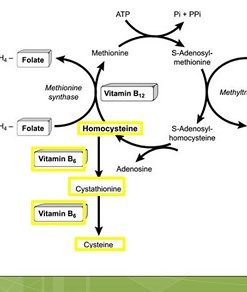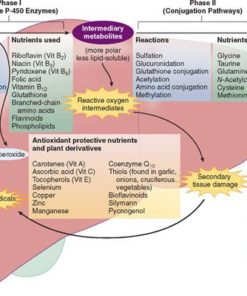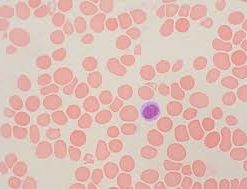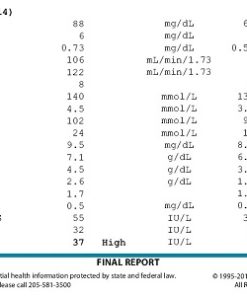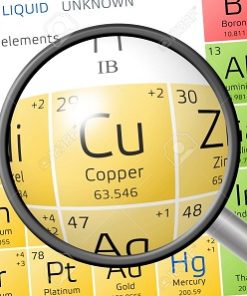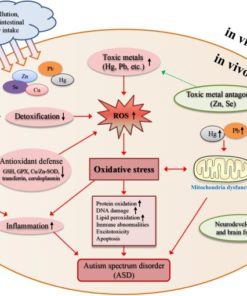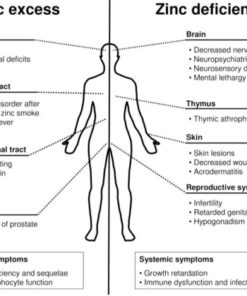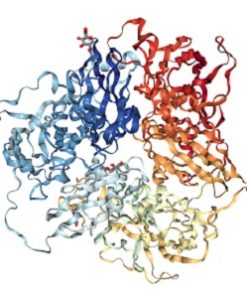
Notes from a physician workshop given by Dr William Walsh, Phd., 2016
Treatment of Alzheimer's with MT Promoter
Alzheimer's is named after the doctor who discovered it. It is characterized by the following:
- Apoptosis - spontaneous death of cells at a rate of 5000 times the normal rate.
- Severe oxidative stress - inflammation and tissue damage.
- Neurofibrillary tangles - twisted fibers inside brain cells.
- Metal problems - Initially believed to be aluminum, then brain volume, then concentration of aluminum. The theory of metal toxicity is back in favor with issues of the role of copper and zinc recognized as playing a more important role.Dr.
Walsh has developed an amino acid blend, MT Promoter, which is intended to improve metallothionein protein production. Metallothionein proteins are found in border cells of the digestive track and brain, and they are believed to be a first line of defense against free radical damage. One such protein, ceruloplasmin, is important for binding or chelating 'free metals.' Unbound copper and other metals are free radicals that cause tissue damage. To avoid this conversion and other effects of oxidative stress, increasing these binding proteins is necessary. Binding protein levels can be improved through the consumption and digestive uptake of protein.
There are two types of Alzheimer's conditions:
- Genetic - runs in some families - out of 5-6 siblings, 1-3 will get it as they get progressively older.
- ApoE - genetically expressed proteins - 50% of people 85+ have some amount.
The signs and symptoms of a progressive worsening condition are:
Early warning signs - often as early as 55-60 years old:
- MCI (Mild Cognitive Impairment).
- Moderate symptoms - inability to form new memories, years 4-6, often requiring nursing home.
- Later stage - complete loss of speech and response. Some may have some understanding of who is there but unable to respond.
- Risk factors for Alzheimer's include age, education, sedentary lifestyles, vascular Alzheimer's disease, alcohol abuse, toxic metals, and poor nutrition.
Diagnostic tests for Alzheimer's include the MMSE, but the best test is the CANTAB, which measures many cognitive functions, not just memory. Odor discrimination is another test, as the entorhinal cortex is the first to go. Scratch and sniff differentiate smells in multiple choices. Correctly telling 10+ smells indicates a low likelihood of Alzheimer's disease development. However, if only 2-4 smells are correctly identified, the chances of developing the disease within five years are much higher.
Theories surrounding Alzheimer's include:
- Ach - this neurotransmitter is believed to be important in learning and memory, and it's been suggested that a decrease in Ach levels may contribute to the memory problems seen in Alzheimer's.
- Amyloid - while the "amyloid hypothesis" was once popular, it has lost favor in recent years. Amyloid is a protein that can build up in the brains of people with Alzheimer's, but it's not clear whether this is a cause or effect of the disease.
- Tau - another protein that can build up in the brains of Alzheimer's patients, and is thought to play a role in the development of neurofibrillary tangles.
- Inflammation - there is some evidence to suggest that inflammation in the brain may contribute to the development of Alzheimer's.
- Oxidative stress - this is a process where unstable molecules called free radicals can damage cells, and it's been suggested that oxidative stress may play a role in Alzheimer's.
- Toxic metal causation - there is some research to suggest that metals like copper and aluminum may contribute to the development of Alzheimer's.
- Glial and nutrition-related factors - the health of cells called glia, which support neurons in the brain, may be important in Alzheimer's. Nutrition may also play a role in keeping neurons healthy.
There is still much to learn about Alzheimer's, but Dr. Walsh's work with MT Promoter and the metallothionein protein is one avenue of research that may offer hope for preventing or slowing the progression of the disease. Additionally, risk factors like education level, physical activity, and exposure to toxic metals may be modifiable, offering opportunities for individuals to reduce their risk of developing the disease.
All Cognoscopy Labs
All Cognoscopy Labs
All Cognoscopy Labs
All Cognoscopy Labs
All Cognoscopy Labs
All Cognoscopy Labs

